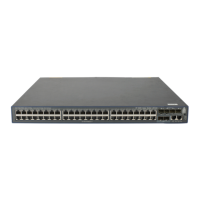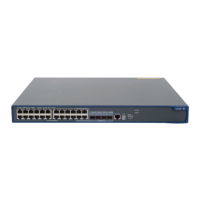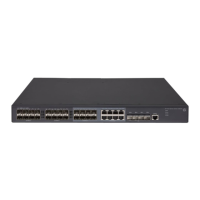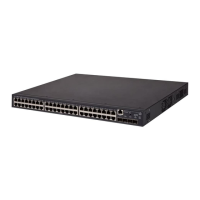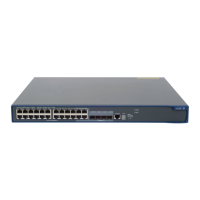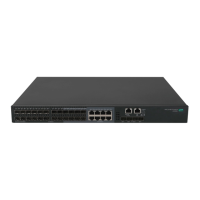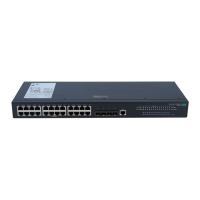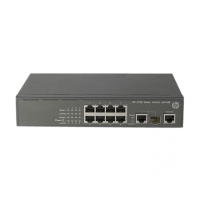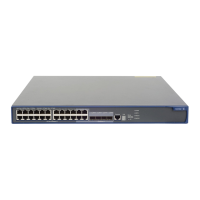288
# Ping the IPv6 address 4::4 (loopback interface address) of CE 2 from CE 1. The ping operation
succeeds.
BFD for IPv6 BGP configuration example
Network requirements
As shown in Figure 75, configure OSPFv3 as the IGP in AS 200.
Establish two IBGP connections between Router A and Router C. When both paths are working, Router
C adopts the path Router A<—>Router B<—>Router C to exchange packets with network 1200::0/64.
Configure BFD over the path. Then if the path fails, BFD can quickly detect the failure and notify it to IPv6
BGP. Then the path Router A<—>Router D<—>Router C takes effect immediately.
Figure 75 Network diagram
Configuration procedure
1. Configure IPv6 addresses for interfaces. (Details not shown.)
2. Configure OSPFv3 so that Router A and Router C can reach each other. (Details not shown.)
3. Configure IPv6 BGP on Router A:
# Establish two IBGP connections to Router C.
<RouterA> system-view
[RouterA] bgp 200
[RouterA-bgp] router-id 1.1.1.1
[RouterA-bgp] peer 2002::2 as-number 200
[RouterA-bgp] peer 3002::2 as-number 200
[RouterA-bgp] address-family ipv6
[RouterA-bgp-ipv6] peer 2002::2 enable
[RouterA-bgp-ipv6] peer 3002::2 enable
[RouterA-bgp-ipv6] quit
# Create IPv6 ACL 2000 to permit 1200::0/64 to pass.
[RouterA] acl ipv6 number 2000
[RouterA-acl6-basic-2000] rule permit source 1200:: 64
[RouterA-acl6-basic-2000] quit
# Create two route policies, apply_med_50 and apply_med_100. Policy apply_med_50 sets the
MED for route 1200::0/64 to 50. Policy apply_med_100 sets that to 100.
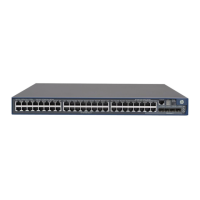
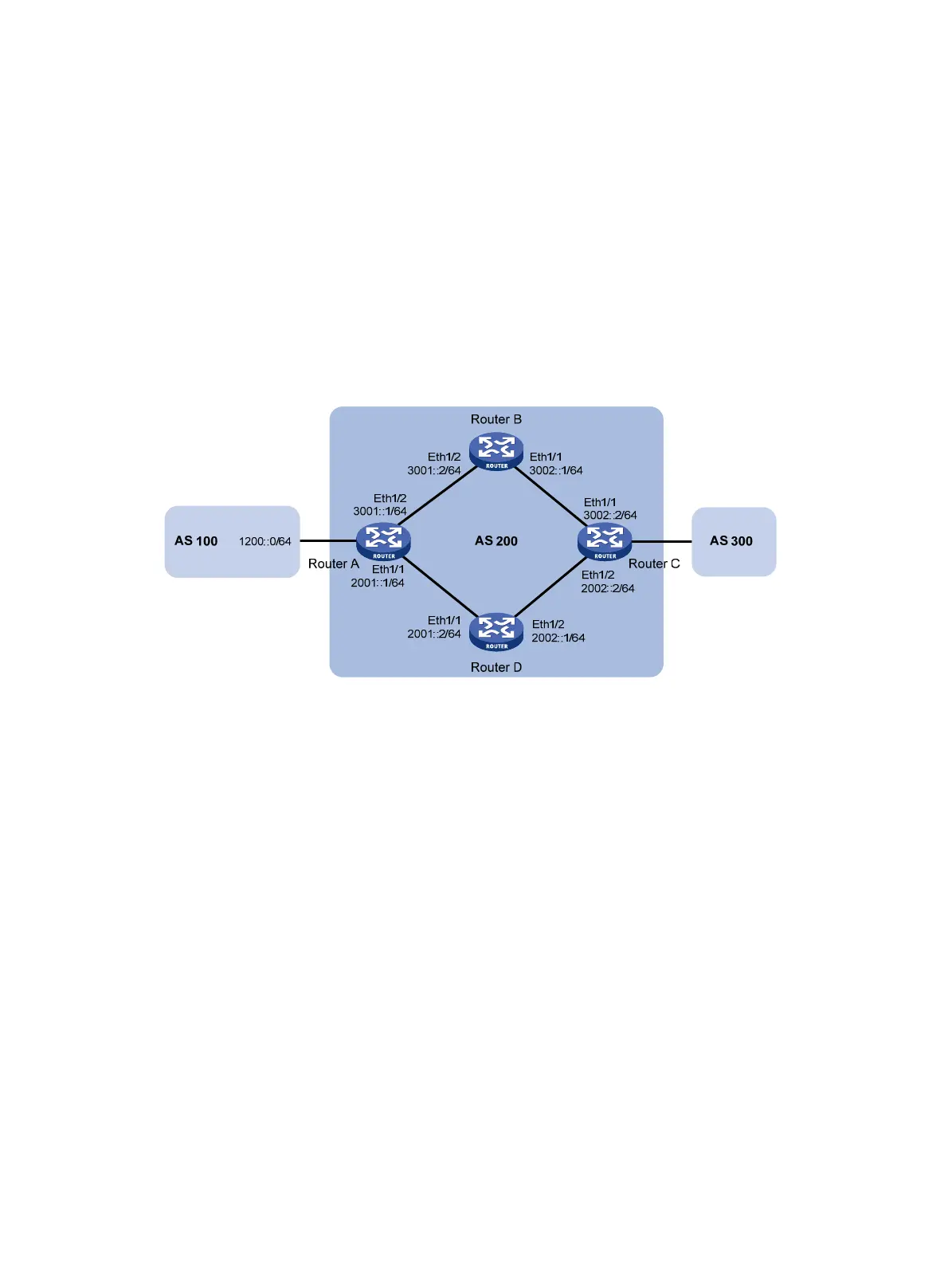